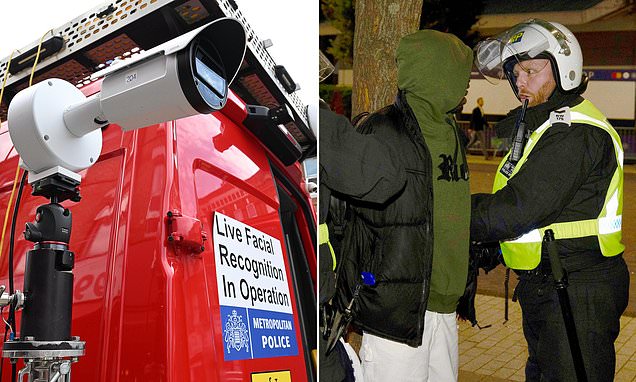Home / Sports / Eyes on the Stands: Facial Recognition at North London Derby
Eyes on the Stands: Facial Recognition at North London Derby
22 Nov
Summary
- Police will use live facial recognition cameras at the north London derby.
- Technology aims to identify and apprehend wanted individuals before the match.
- Invisible DNA spray will also be used to mark offenders for later identification.

This Sunday's north London derby between Arsenal and Tottenham will see the Metropolitan Police implement advanced surveillance measures. Live facial recognition (LFR) cameras will be strategically placed at two locations near the Emirates Stadium. This technology is intended to identify individuals with outstanding warrants or who are subject to court orders, aiming to prevent them from entering the stadium and causing disorder.
In addition to LFR, officers will be equipped with body-worn video cameras capable of live-streaming footage directly to a control room, providing real-time intelligence. Specially trained officers will also carry SelectaDNA tagging spray. This innovative solution marks suspects with a unique, invisible DNA code that can be detected under UV light for months, aiding forensic identification of those involved in any post-match criminality.
These high-tech deployments come amid an observed increase in football-related disorder across England and Wales. Police emphasize that these measures are crucial for ensuring fan safety and allowing attendees to enjoy the match. The use of LFR is based on intelligence and potential threats to public safety, reflecting a proactive approach to managing large-scale events.




